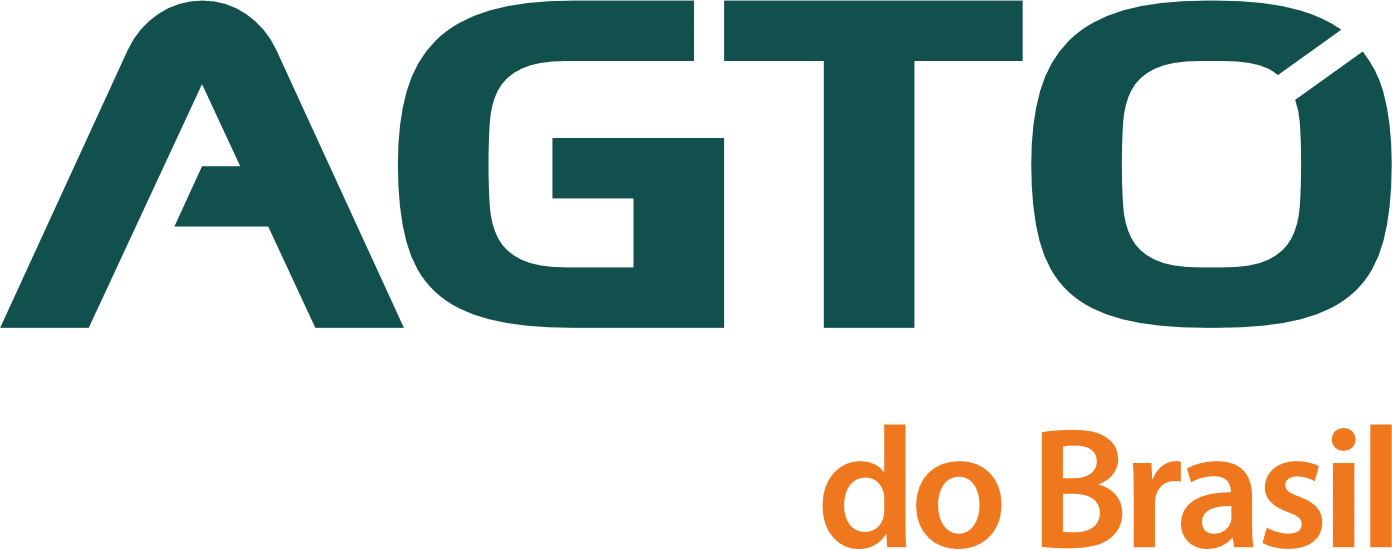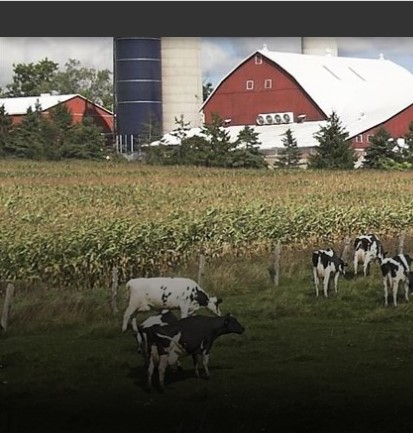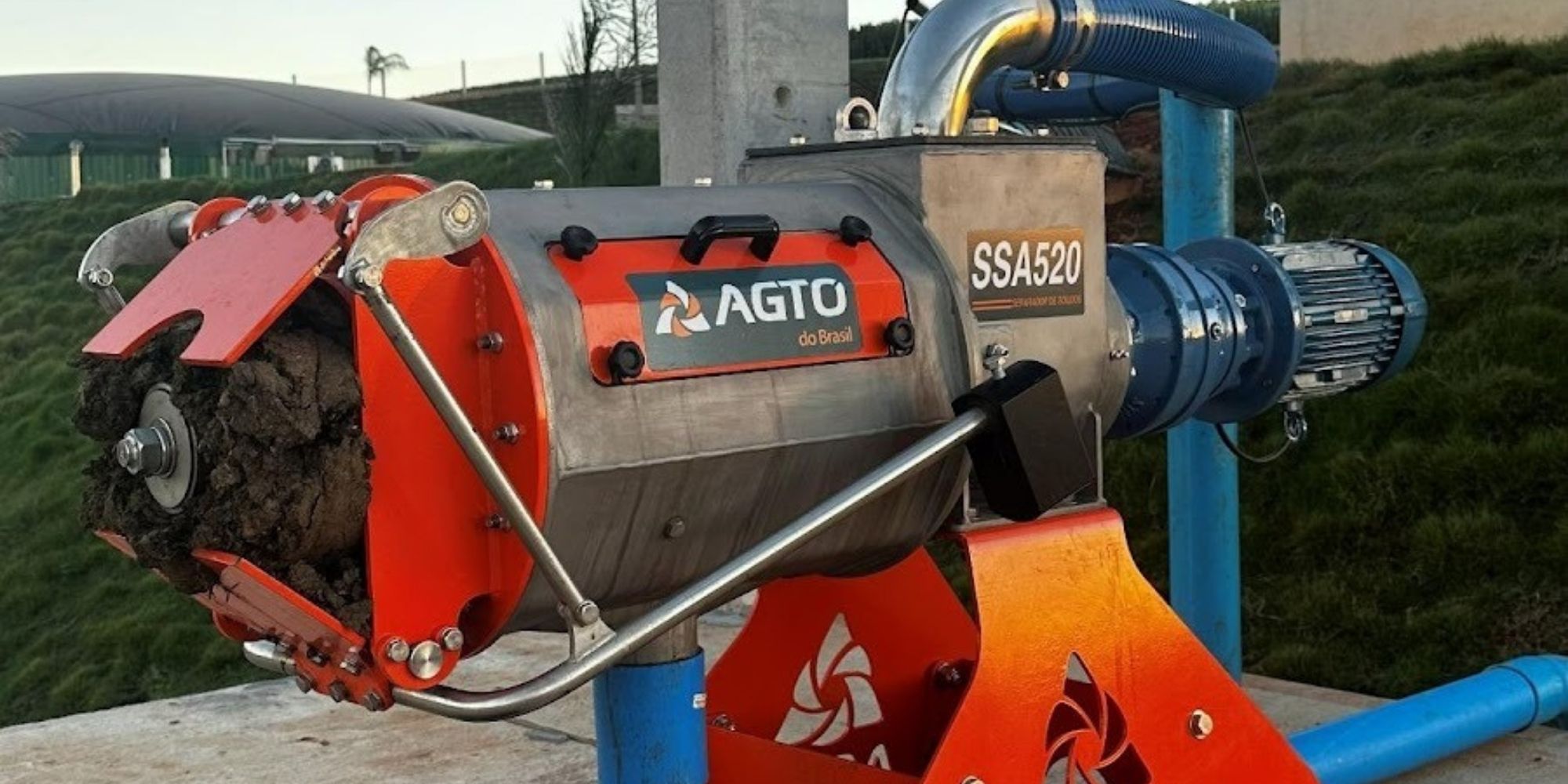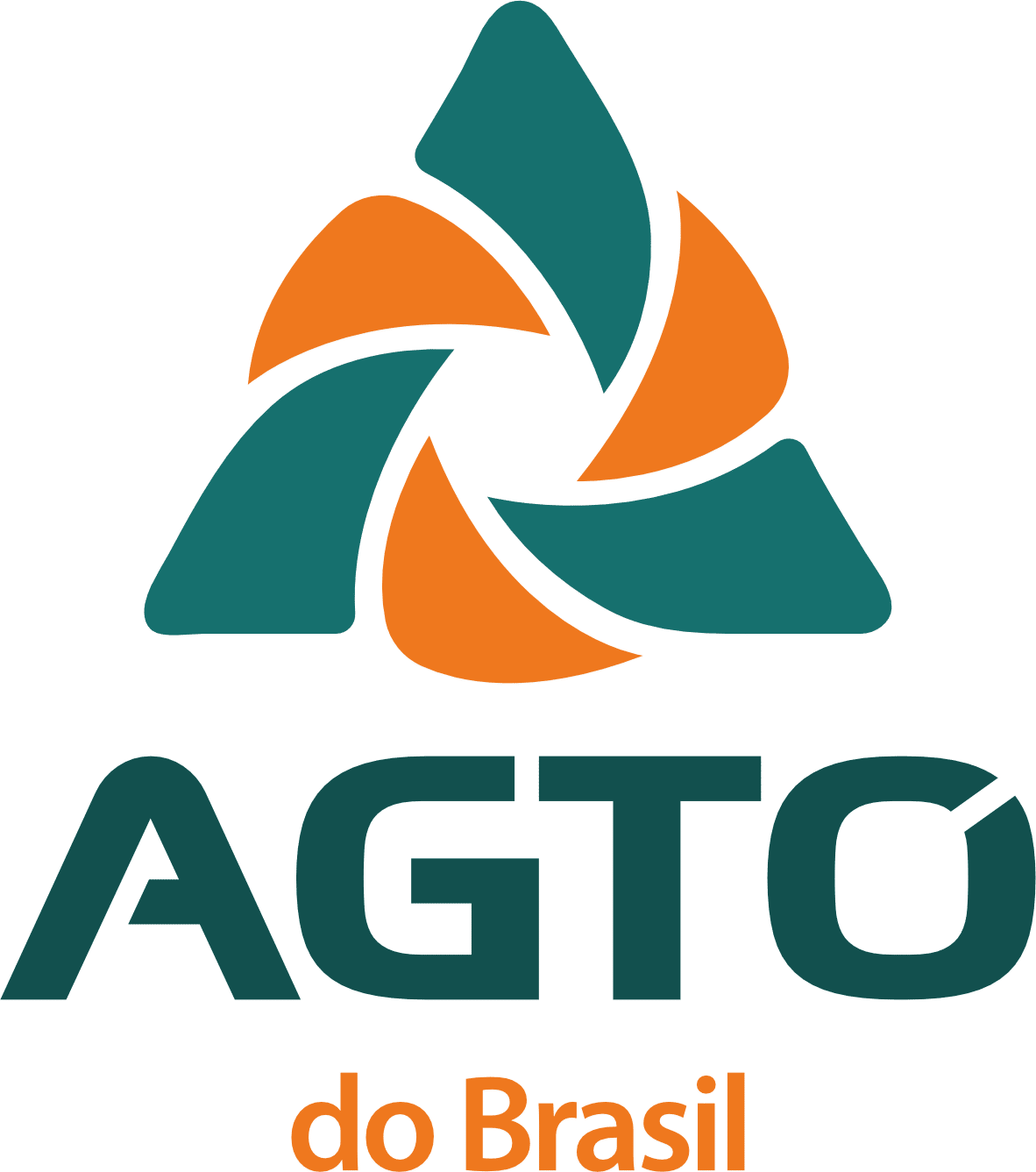The correct waste management It is waste in milk production it is essential for the proper functioning of the property, it brings economic benefits to the producer in addition to reducing the environmental impact.
At Part 7 of our series it was defined that the waste management in milk production It is the daily use of knowledge, practices and technologies that reduce the environmental impact of the activity and improve the efficiency of nutrient use.
The first step to implementing waste management on the property means knowing in what quantity and with what quality waste is generated. Quality is understood as the concentration of nutrients present in the waste. That old saying goes: We can only manage what we measure!
The main points covered will be:
- Advantages of quantifying and qualifying waste
- What are waste or waste?
- Volume of feces and nutrients excreted by cows
- Nutrition and waste generation
- Water volume and waste generation
- Using waste as fertilizer
- Monitor the volume of waste produced
- Pasture systems and manure generation
In figure 1 I present the aspects that determine the quantity and quality of organic waste. The amount of residue and its nutrient concentration will change throughout the production cycle (year), as it is influenced by several production aspects. This reinforces the importance of monitoring, throughout the year, the quantity and quality of waste on the dairy farm.
Figure 1 - Aspects that influence the quantity and quality of waste generated by dairy activities.
Vadvantages of quantifying and qualifying waste
- Determine the correct dimensioning of waste storage and/or treatment structures;
- Reduce the value of investments and maintenance costs of structures/technology necessary for waste management;
- Reduce the environmental risk when using waste as fertilizer;
- Reduce the cost of distributing waste as fertilizer;
- Assist in adapting the property to environmental legislation;
- Facilitate the implementation of actions related to the efficient use of natural resources and production inputs.
What are waste?
In this text I will only address the main organic residues from dairy activities: feces, urine, waste and effluents. We know that other waste is also generated in our day-to-day activities, such as: animal carcasses, medicine and pesticide bottles, surgical material, paper, plastic, etc.
All of this waste must be quantified and qualified for correct handling and disposal in accordance with environmental legislation.
Although concepts such as waste and effluents are in common use, the understanding of what they mean is often not complete or is wrong. Table 1 presents the definitions of these and other concepts according to the Glossary of Terms Associated with Animal Production Waste Management.
This publication can be accessed free of charge. I suggest that this book be permanent reference material for everyone who intends to do or already does waste management.
Table 1 – Definition of terms related to the management of residues from dairy activities.
Source: Salazar, Charlon and Palhares (2019). Glossary of terms associated with animal production waste management.
Volume of feces and nutrients excreted by cows
Considering 63% from milk production in Brazil in 2019 and using equations to calculate the amount of feces and nutrients excreted, I present in Table 2 the potential for generating feces and nutrients from milked cows.
Table 2 – Estimation of the potential production of feces and nutrients in Brazil, base year 2019.
According to the National Association for the Diffusion of Fertilizers (Anda), the consumption of chemical fertilizers in 2019 in Brazil was 35.9 million tons. The NPK excreted by the feces of the animals presented in Table 2 was 1.3 million tons, 3.6% of the total chemical fertilizer consumed in 2019.
I emphasize that the calculation of the potential for excretion by animals did not involve the total number of cows milked, all categories of animals (dry cows, heifers and calves) and excretion via urine (the main route of nitrogen excretion).
Nutrition and waste generation
In Figure 2A you can see a photo of a sample of bovine feces. Figure 2B is the result of washing and sieving this sample, showing the content of undigested material in the form of corn kernels. There is one direct relationship between the correct nutrition of animals, the quantity of feces generated and the quality of these feces.
Therefore, incorrect nutritional management will mean greater generation of feces and greater polluting potential. Diets formulated according to the animals' requirements will promote greater efficiency in the use of nutrients and, consequently, less excretion of nutrients in feces and urine. Animal nutrition is the key and the beginning of correct waste management.
Figure 2 – Fecal sample from a dairy cow (2A). Undigested material in the form of corn kernels present in feces (2B).
Water volume and waste generation
Figure 3A shows the generation of manure during scraping and washing in a milking parlor. Excessive use of water when washing the milking parlor will result in greater production of manure.
This has negative impacts on both the environmental and economic aspects. Scraping the milking floor before washing and using pressurized water are simple actions that will result in a smaller volume of manure.
At the Episode 6: water consumption in the milk production system I presented that the best way we have to measure water consumption in the production system is by installing water meters. The same will apply when measuring the quantities of effluents.
In the daily routine of dairy activities, effluents are generated in the milking parlor due to the various washing routines of equipment and floors. The installation of water meters in the milking parlor will result in values of the amount of water consumed in each washing process, which will consequently be the amount of effluent generated.
Using waste as fertilizer
Figure 3B shows the suction of effluent stored in a manure pit for subsequent use as fertilizer. The storage of dairy waste in manure pits/lagoons and the use of effluent as fertilizer It is one of the simplest and most low-cost technological routes that producers have to correctly dispose of waste.
Environmental safety and the economic viability of using effluent as fertilizer are directly related to knowledge of the quantity and quality of the effluent.
Figure 3. Manure produced when washing the milking parlor (3A). Effluent being removed from the manure pit (3B).
Monitor the volume of waste produced
The best information you can have to promote waste management is that generated on the property itself based on measurements of the quantities produced and the collection of waste samples and sending them to the laboratory to assess their quality.
When this monitoring is not possible, you can use technical information available in the literature. Always remember that technical coefficients from the literature express a specific reality and may not be the most appropriate for the reality of the property.
Pasture systems and manure generation
As in Brazil predominates the pasture farming system, a large part of the feces and urine generated daily by the animal will be disposed directly on the soil. It is said that in this case the cattle acts as a “natural fertilizer”.
Having an estimate of the production of this waste and its quality and relating this to the type of pasture in the area and the nutrient requirement of this pasture will mean less use of chemical fertilizers, as the contribution of nutrients via animal waste can be considered.
It is important to highlight that in dairy systems variability of the diet throughout the year (wet and dry diet) and the lactation stage of the cows will determine variability in the concentration of nutrients in feces and urine.
It is suggested that waste be sampled at least twice a year in order to identify the impact of diet on nutrient concentrations in organic waste. Table 1 provides an example of how the concentrations of nitrogen, phosphorus and potassium in feces vary throughout lactation.
Table 1. Average monthly concentrations of nitrogen, phosphorus and potassium in the feces of lactating cows.
Adapted from Novelli et al. (2019).
Knowing the quantity and quality of waste generated in the milk production system is essential for managing this waste as well as for this management to be economically viable.
The greatest demand for quantification and qualification actions is not financial, but behavioral. We must change the way we understand waste, ceasing to understand these as a problem and starting to understand them as a valuable input for the dairy activity itself.
This type of understanding is what is today called circular economy, all nutrients contained in organic waste “circulate” in the production system in its animal and vegetable dimensions.
Let's measure and characterize the waste to find out. Let's get to know it so we can better manage it. We will manage to provide environmental quality and have economic benefits and social respect.









